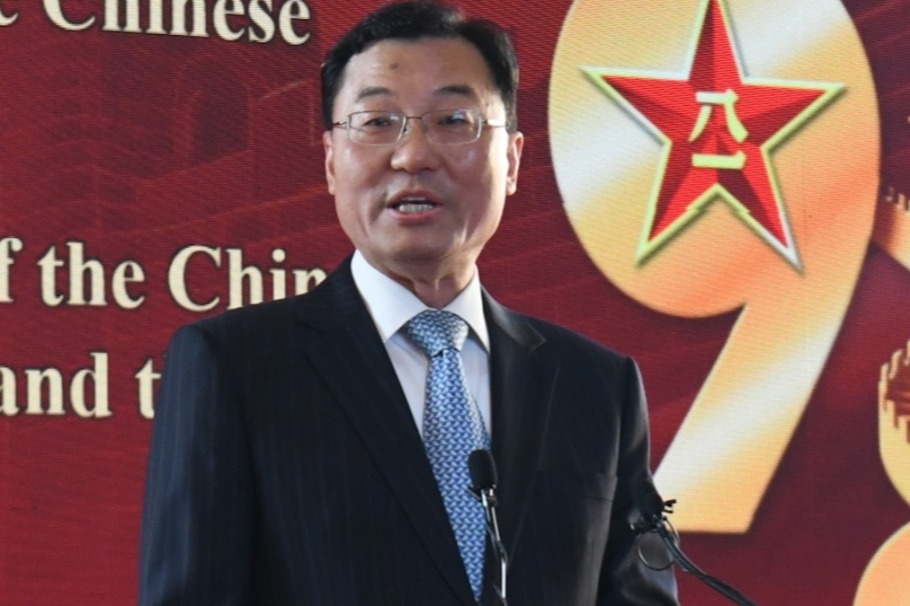US jobless rate at lowest since 1969


WASHINGTON - US job growth surged in April and the unemployment rate dropped to the lowest in nearly half a century, pointing to sustained strength in economic activity even as last year's massive stimulus from Republican tax cuts and spending increases fades.
The Labor Department's closely watched monthly employment report on Friday showed the greater-than-expected 263,000 new jobs created last month were spread across most industry sectors, and the unemployment rate was just 3.6 percent, the lowest since December 1969.
Still, wage gains did not accelerate as expected, holding at a reading that is consistent with moderate inflation. Moreover, the decline in the unemployment rate was driven largely by the most people leaving the labor force in a year and a half.
The report was supportive of the Federal Reserve's decision on Wednesday to keep interest rates unchanged and signal little desire to adjust monetary policy anytime soon. Fed Chairman Jerome Powell described the economy and job growth as "a bit stronger than we anticipated" and inflation "somewhat weaker."
"Employment gains are strong enough to dispel any immediate concerns over the health of the economy, while wage gains are not strong enough to force the Federal Reserve's hand to tighten the policy stance," said Harm Bandholz, chief US economist at UniCredit Research in New York.
Aside from April's surge in nonfarm payrolls, the economy created 16,000 more jobs in February and March than previously reported. Economists polled by Reuters had forecast payrolls rising by 185,000 jobs last month.
The strong economy, especially the labor market, could boost President Donald Trump's re-election hopes next year. Trump, who has boasted about the economy being one of the major wins of his first term in office, cheered April's robust employment gains.
"JOBS, JOBS, JOBS," Trump tweeted.
The economy will mark 10 years of expansion in July, the longest on record. Job gains are well above the roughly 100,000 needed per month to keep up with growth in the working-age population.
The second month of strong employment growth put to rest concerns about a recession and ironically undercut Trump's call for the Fed to cut interest rates. A brief inversion of the US Treasury yield curve in March had fanned fears of an economic downturn, leading markets to price in a rate cut this year.
"It would be awfully hard for the Fed to explain a rate cut given the strong job market, so forget that," said Joel Naroff, chief economist at Naroff Economic Advisors in Holland, Pennsylvania.
Hiring remains strong, despite anecdotal evidence of worker shortages in the transportation, manufacturing and construction industries, suggesting there is still some spare capacity in the labor market.
Steadily rising wages had until recently been keeping workers in the labor force and drawing back some who had dropped out. Average hourly earnings rose six cents, or 0.2 percent in April after rising by the same margin in March. That kept the annual increase in wages at 3.2 percent for a second straight month.
Though wage growth is not strong enough to drive up inflation, it is seen sufficient to underpin economic growth as the stimulus from last year's $1.5 trillion tax cut wanes. The economy grew at a 3.2 percent annualized rate in the first quarter, driven by a surge in exports and inventories, quickening from the October-December period's 2.2 percent pace.
The dollar fell against a basket of currencies, while US Treasury prices rose. Stocks on Wall Street were trading higher.
Reuters
































